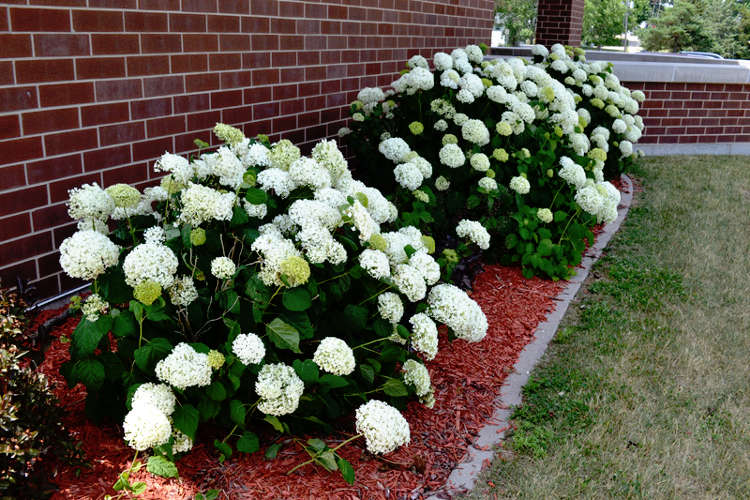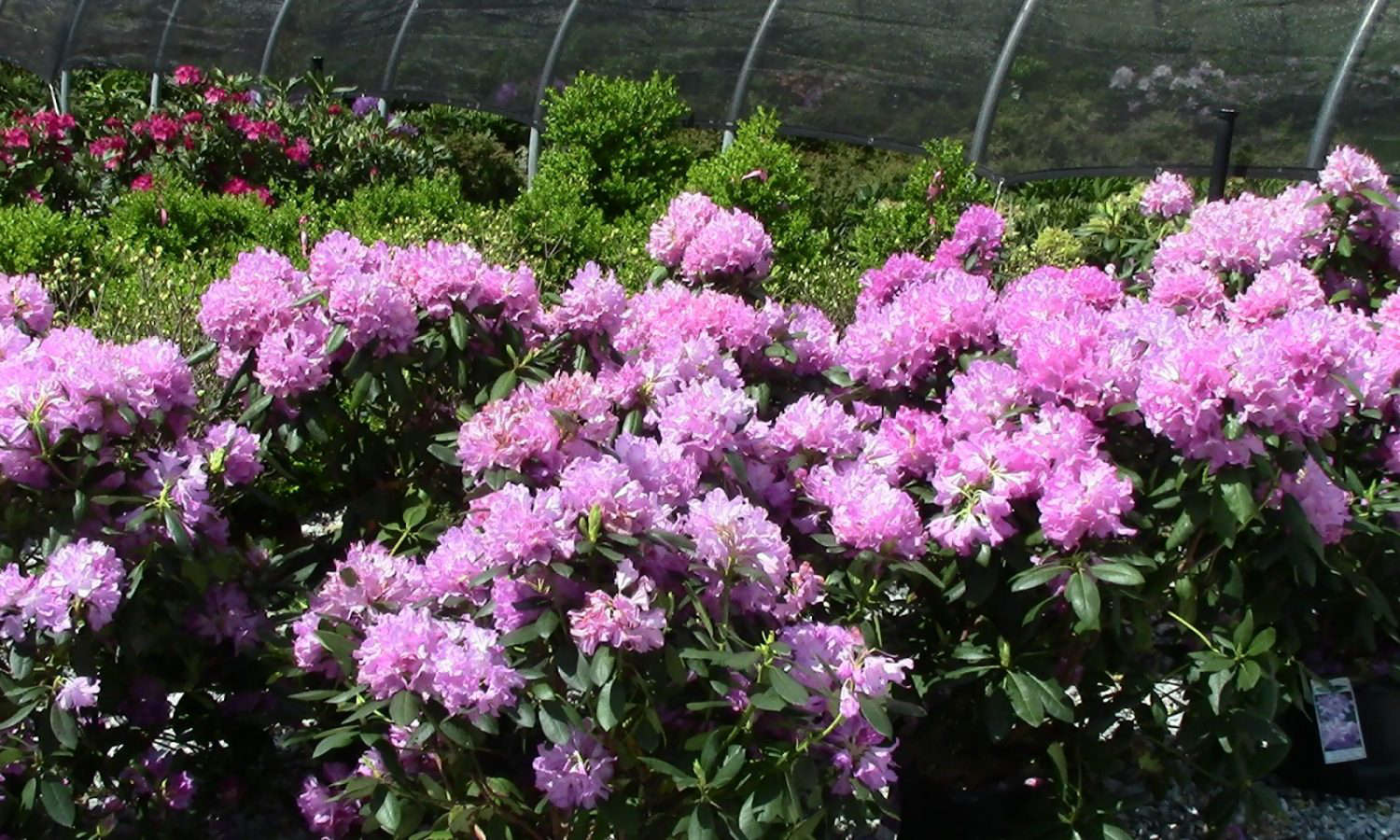 How Pruning Hydrangea Can Rejuvenate Your Plants… Or Ruin Their Beauty
How Pruning Hydrangea Can Rejuvenate Your Plants… Or Ruin Their Beauty
Hydrangeas are strikingly beautiful flowers, and with minimal effort they can take care of themselves.
However, if there are any dead or faded flowers or stems, you may need to start pruning your hydrangeas. This should be done immediately.
There are two ways to go about pruning hydrangea. That’s because there are two types of hydrangeas: old wood hydrangea and new wood hydrangea. If you aren’t sure which type you have, you can check the plant label if you have it. If you don’t have it, you can still look at the leaves.
In this article we will go into more detail on how you can check which type of hydrangea you have and how to start pruning hydrangea of either type.
Old Wood Hydrangea
Old wood hydrangea includes mophead, lacecap and oakleaf flowers. This type of hydrangea is referred to as old wood because they have flowers that bloom on old wood. The term old wood refers to last year’s growth, which means that the buds are set in the fall and are projected to bloom in the spring.
Mophead and lacecap have serrated dark green leaves. Oakleaf, as you would expect, are just like oakleaves and they turn red in the fall.
Old wood hydrangeas are from the Macrophylla family. These include Nikko Blue, Endless Summer and several other blue and pink flowers.
When to Prune Old Wood Hydrangeas
It’s more important to know when not to be pruning hydrangea of this kind. Don’t prune these after August or you might prune away next year’s flowers. Before August you can cut flowers with long stems for floral arrangements. After August you can cut off flowers with short stems to avoid losing buds that will bloom the following year.
New Wood Hydrangeas
New Wood flowers include Annabelle and Paniculata Grandiflora (PG) flowers. These are usually white flowers (white can sometimes indicate oakleaf however). Annabelle flowers have leaves that are a fuzzy gray underneath.
When to Prune New Wood Hydrangeas
When should you start pruning hydrangea of this kind? You can prune these flowers anytime except during the spring (unless it’s early spring), when buds are being set to bloom in the summer. After they have reached three years of age, come winter you can prune them almost until they’ve reached the ground and they will still come back next year.
Additional Tips
- Once a shrub has matured you should cut the stem back by 1/3 each year to make the plant stronger.
- Hydrangeas thrive in sunny mornings and shady afternoons. They won’t do well in the shade.
- They want lots of moisture and need extra watering during the first and second year after being planted, particularly during drought seasons.
- Hydrangeas prefer following a fertilization schedule. Follow guidelines and instructions on the fertilizer label.
<<< You can still grab our Info Guide Here. It has great information about hydrangeas and many other plants.


